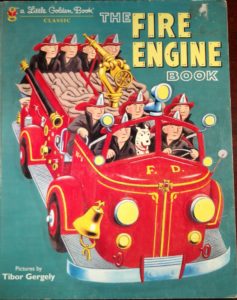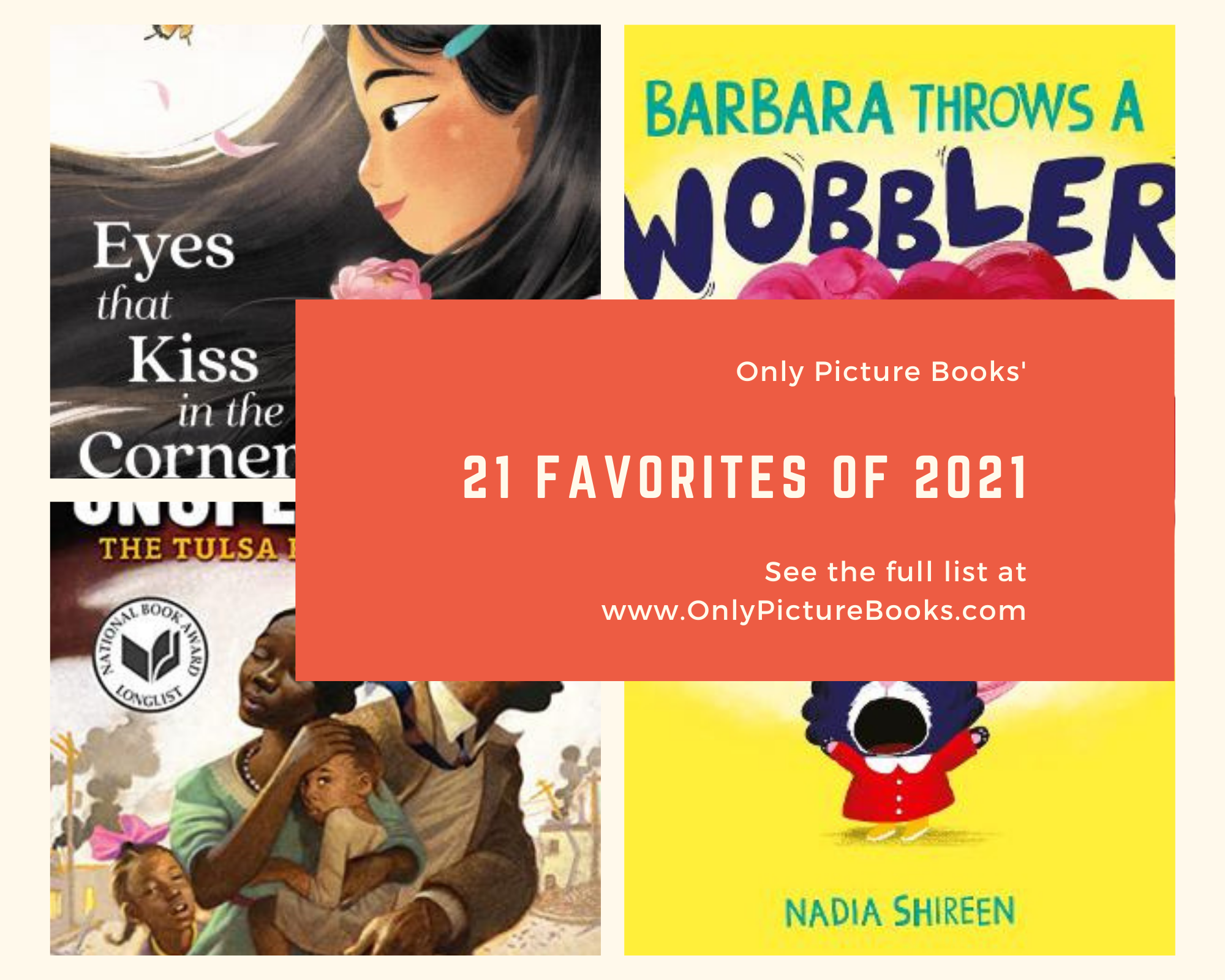
Okay, 2021 wasn’t a ton better than 2020 for many folks, though we had lots of high points in the picture book world that helped us through it all.
So, without further ado, here are 21 picture books that delighted OPB enough to include in this year-end roundup of our favorites. (If we missed anything awesome–quite possibly the case–please share your own faves in the comments. We LOVE to hear what books really work for you, and why!)
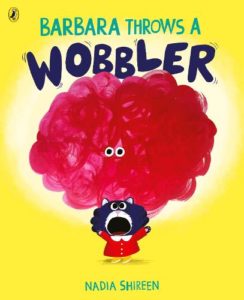 Barbara Throws a Wobbler by Nadia Shireen (1 June 2021)
Barbara Throws a Wobbler by Nadia Shireen (1 June 2021)
An excellent book about feelings with lovely illustrations and more than enough humor to make kids want to hear it again. Did I mention how good the art is?
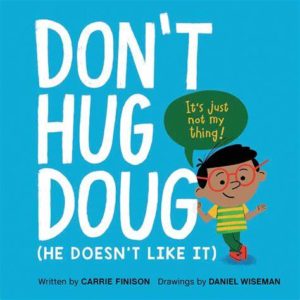 Don’t Hug Doug (He Doesn’t Like It) by Carrie Finison, illustrated by Daniel Wiseman (26 January 2021)
Don’t Hug Doug (He Doesn’t Like It) by Carrie Finison, illustrated by Daniel Wiseman (26 January 2021)
Doug just doesn’t like hugs and that’s perfectly okay. This is a very good book to help spark discussions about boundaries, though it has humor and fun too–it’s not just a message book.
Read the Children’s Books Heal review for it here.
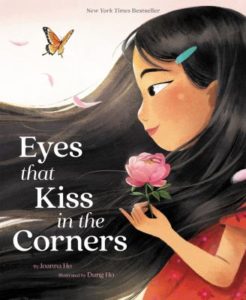 Eyes That Kiss in the Corners by Joanna Ho, illustrated by Dung Ho (5 January 2021)
Eyes That Kiss in the Corners by Joanna Ho, illustrated by Dung Ho (5 January 2021)
This lyrical tale show a young Asian girl learning about the beauty of her eyes and her heritage. The art is a knockout, too.
Read the Kirkus review for it here.
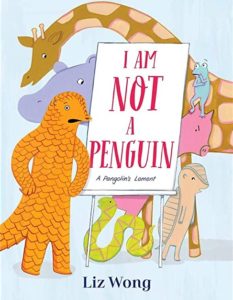 I Am Not a Penguin: A Pangolin’s Lament by Liz Wong (19 January 2021)
I Am Not a Penguin: A Pangolin’s Lament by Liz Wong (19 January 2021)
It’s exactly what you think from looking at that cover–a pangolin is having an identity crisis. Even if I weren’t so partial to penguins and pangolins, this is a fun informational picture book told mostly with word balloons.
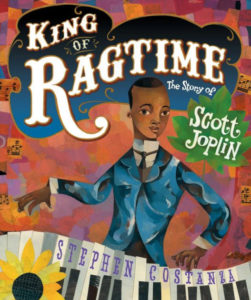 King of Ragtime: The Story of Scott Joplin by Stephen Costanza (24 August 2021)
King of Ragtime: The Story of Scott Joplin by Stephen Costanza (24 August 2021)
This lovely nonfiction picture book biography tells how Scott Joplin became one of America’s greatest musical pioneers. The writing is full of rhythm, but the art steals the show.
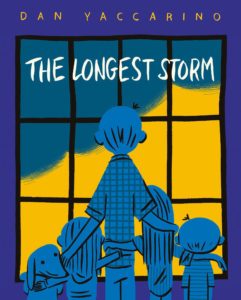 The Longest Storm by Dan Yaccarino (21 August 2021)
The Longest Storm by Dan Yaccarino (21 August 2021)
This is the powerful story of how a family–three kids, a parent, and a pet–weather a crisis together at home. It’s reassuring to see how they handle their unwanted confinement. The art feels old school in all the right ways, which adds a real sense of mood throughout.
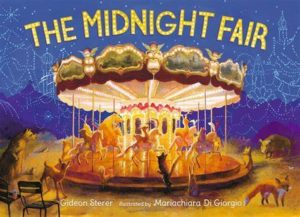 The Midnight Fair by Gideon Sterer, illustrated by Mariachiara Di Giorgio (2 February 2021)
The Midnight Fair by Gideon Sterer, illustrated by Mariachiara Di Giorgio (2 February 2021)
Each year, there’s one or two wordless books that earn their way onto the OPB favorite list, and this beautiful book deserves it. It reveals all the magic that happens at night when a fair is closed. Wonderfully so.
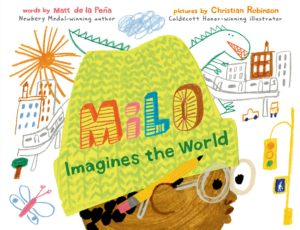 Milo Imagines the World by Matt de la Peña, illustrated by Christopher Robinson (2 February 2021)
Milo Imagines the World by Matt de la Peña, illustrated by Christopher Robinson (2 February 2021)
During a long subway ride with an older sibling, Milo’s imagination is hard at work. “Maybe you can’t really know anyone just by looking at their face,” Milo thinks, and he’s totally right. This book is lovely and has a well-earned emotional punch at the end.
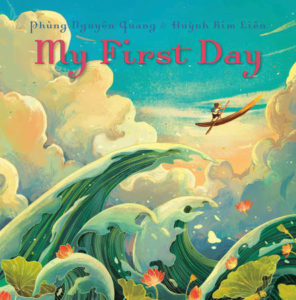 My First Day by Phùng Nguyên Quang and Huy’nh Kim Liên (16 February 2021)
My First Day by Phùng Nguyên Quang and Huy’nh Kim Liên (16 February 2021)
A young Vietnamese boy heads out in a wooden boat with a backpack and an oar–it’s his first time making this trip, he admits. He navigates the Mekong River all on his own, and the wonders of nature are everywhere. Where is he heading? To another first, of course.
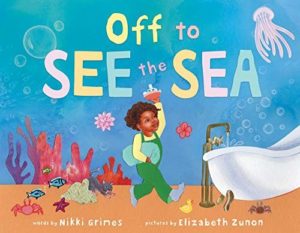 Off to See the Sea by Nikki Grimes, illustrated by Elizabeth Zunon (12 January 2021)
Off to See the Sea by Nikki Grimes, illustrated by Elizabeth Zunon (12 January 2021)
Bathtime is an ocean of fun when you bring your imagination with you. The story is purposefully simple but very effective.
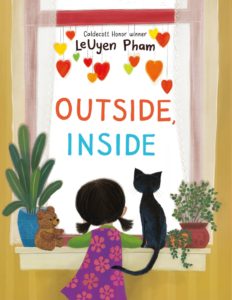 Outside, Inside by LeUyen Pham (5 January 2021)
Outside, Inside by LeUyen Pham (5 January 2021)
This timely book beautifully showcases life during the pandemic. It’s deep and empathetic in all the right ways, and it shows some of the bravery and sacrifices that were made. Lovely art makes this a must-have.
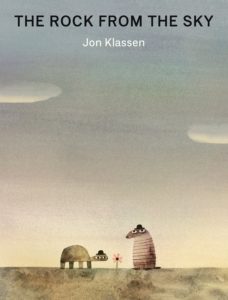 The Rock from the Sky by Jon Klassen (21 April 2021)
The Rock from the Sky by Jon Klassen (21 April 2021)
A hat-wearing turtle has his day ruined when a rock falls from the sky right onto his favorite spot. He’s stubborn, so he’s going to make it work somehow. His critter friends aren’t much help, though.
It’s a big book–really five books in one. But it’s dark, brooding, and has lots of deadpan fun.
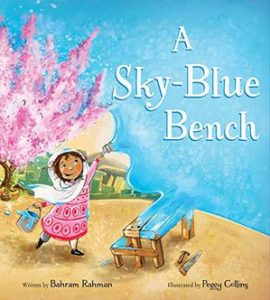 A Sky-Blue Bench by Bahram Rahman, illustrated by Peggy Collins (30 November 2021)
A Sky-Blue Bench by Bahram Rahman, illustrated by Peggy Collins (30 November 2021)
The hardships of living in a war-torn country are made clear when Aria returns to school after an accident–her body isn’t the same. She’s worried about having somewhere to sit, though all the benches have been used for kindling during wartime. A touching Author’s Note completes this fine book.
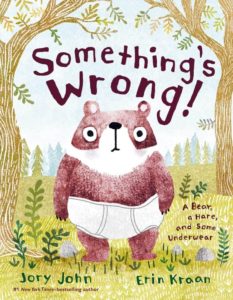 Something’s Wrong!: A Bear, a Hare, and Some Underwear by Jory John, illustrated by Erin Kraan (23 March 2021)
Something’s Wrong!: A Bear, a Hare, and Some Underwear by Jory John, illustrated by Erin Kraan (23 March 2021)
A bear remembers to do everything before leaving the house…except take off those embarrassing tighty whities. Hilarity ensues in typical Jory John fashion.
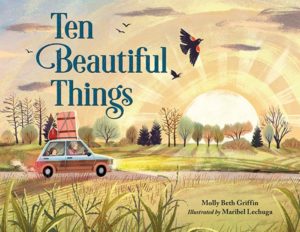 Ten Beautiful Things by Molly Beth Griffin, illustrated by Maribel Lechuga (12 January 2021)
Ten Beautiful Things by Molly Beth Griffin, illustrated by Maribel Lechuga (12 January 2021)
During the long ride to their new home, Gran asks Lily to find ten beautiful things to pass the time. Lily isn’t into this plan, but soon learns to see beauty in unexpected places.
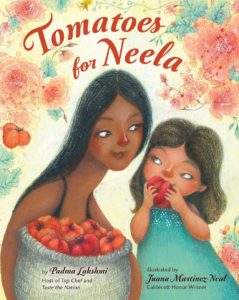 Tomatoes for Neela by Padma Lakshmi, illustrated by Juana Martinez-Neal (31 August 2021)
Tomatoes for Neela by Padma Lakshmi, illustrated by Juana Martinez-Neal (31 August 2021)
In this story, food forms a very special bond between generations. You even get tomato facts as a bonus!
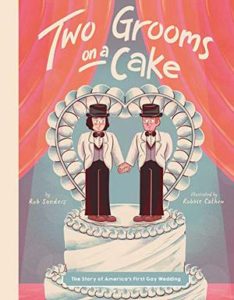 Two Grooms on a Cake: The Story of America’s First Gay Wedding by Rob Sanders, illustrated by Robbie Cathro (4 May 2021)
Two Grooms on a Cake: The Story of America’s First Gay Wedding by Rob Sanders, illustrated by Robbie Cathro (4 May 2021)
This heartwarming book shares the struggle for the first same-sex couple to be legally married in America. The cake-making throughline is sweet and delightful.
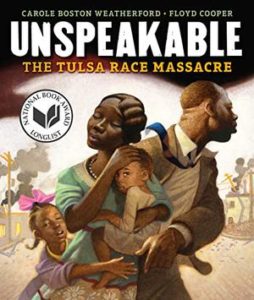 Unspeakable: The Tulsa Race Massacre by Carole Boston Weatherford, illustrated by Floyd Cooper (1 February 2021)
Unspeakable: The Tulsa Race Massacre by Carole Boston Weatherford, illustrated by Floyd Cooper (1 February 2021)
This powerful book reveals the story of how a 1921 incident with a white female elevator operator and a Black shoeshiner launched one of the worst racial battles in American history. Cooper’s art vividly brings this moment to life.
Read the Kirkus review for it here.
**Since we lost Floyd Cooper in 2021, you might want to check out the OPB interview with him. He’s amazing.**
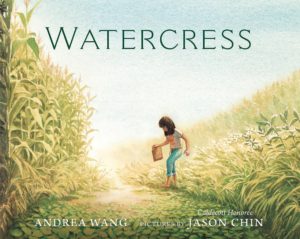 Watercress by Andrea Wang, illustrated by Jason Chin (30 March 2021)
Watercress by Andrea Wang, illustrated by Jason Chin (30 March 2021)
A touching autobiographical story about how a child of immigrants learns about her family and heritage. Note the wonderful Chinese-inspired art by Justin Chin!
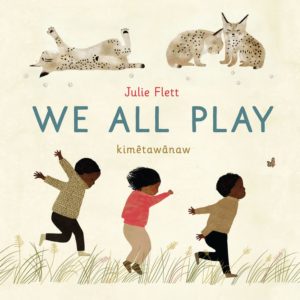 We All Play by Julie Flett (25 May 2021)
We All Play by Julie Flett (25 May 2021)
A tender book by Cree-Métis artist Julie Flett that reveals how animals play just as we all do.
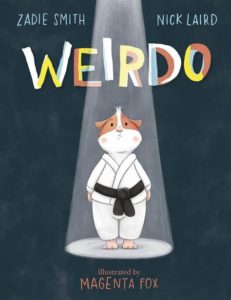 Weirdo by Zadie Smith and Nick Laird, illustrated by Magenta Fox (15 April 2021)
Weirdo by Zadie Smith and Nick Laird, illustrated by Magenta Fox (15 April 2021)
It’s a judo-loving guinea pig. What more do you need to know than that?


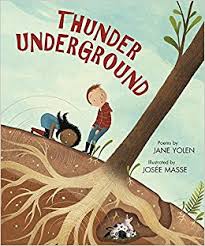
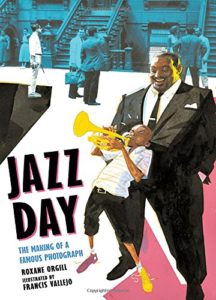
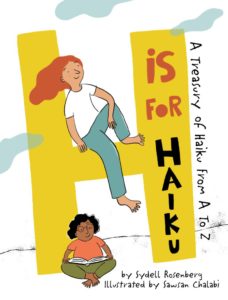
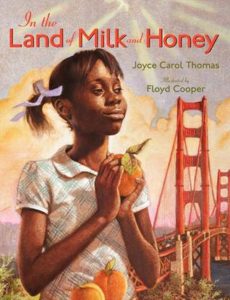
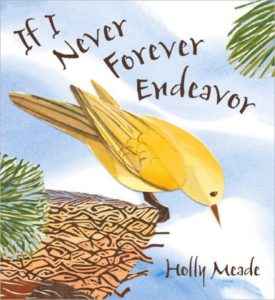
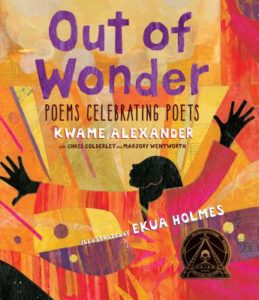
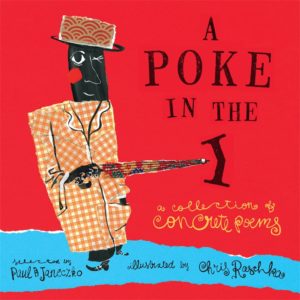

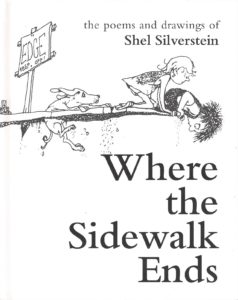
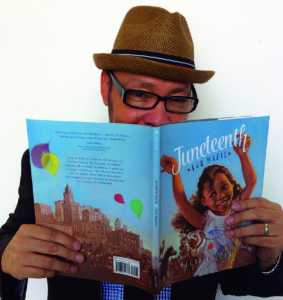 retta Scott King award-winning illustrator of more than 90 books for children. Floyd started his career in illustration at Hallmark. After a successful career in the industrial side of art, he made the leap into picture books with Eloise Greenfield’s
retta Scott King award-winning illustrator of more than 90 books for children. Floyd started his career in illustration at Hallmark. After a successful career in the industrial side of art, he made the leap into picture books with Eloise Greenfield’s 